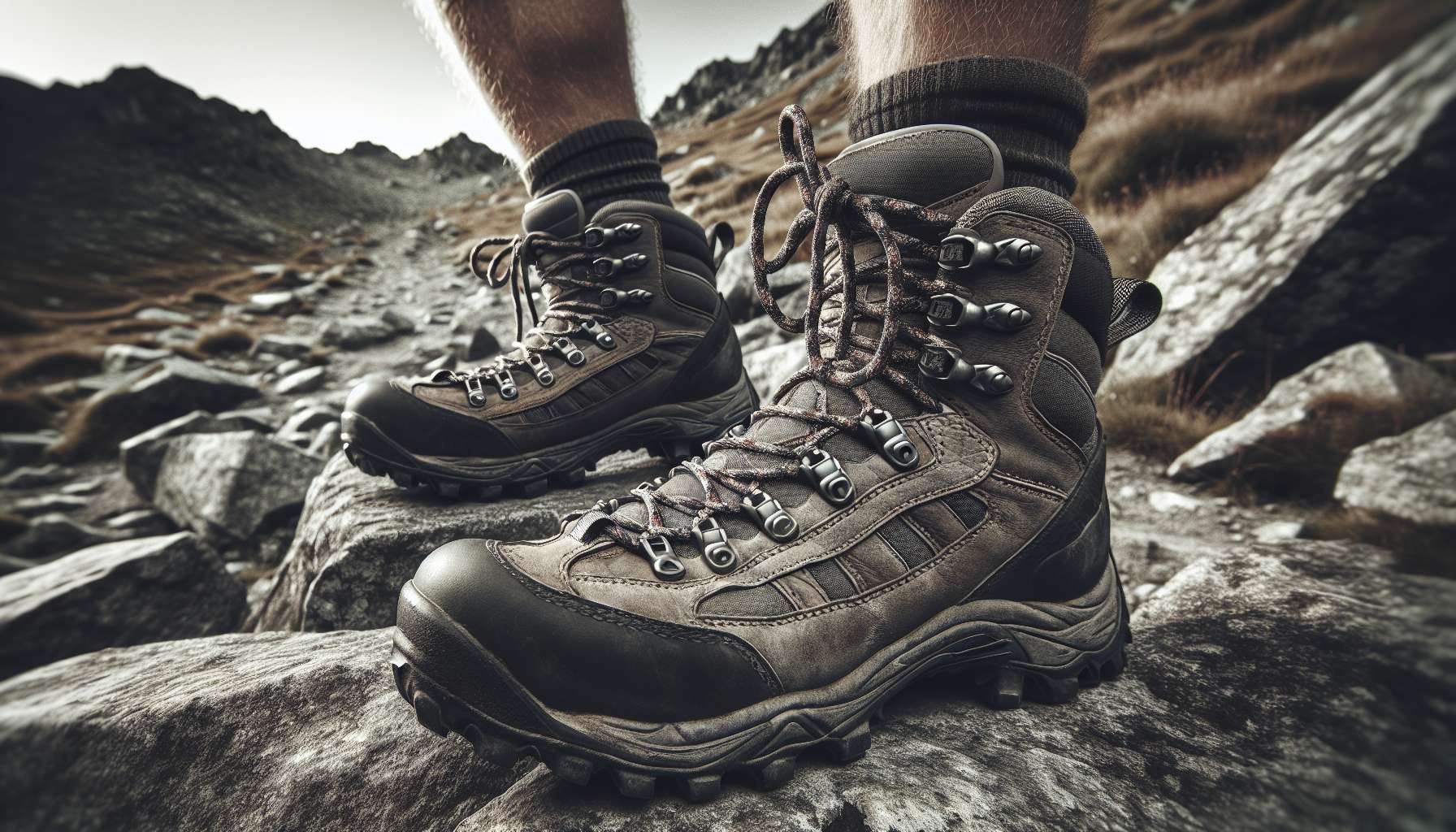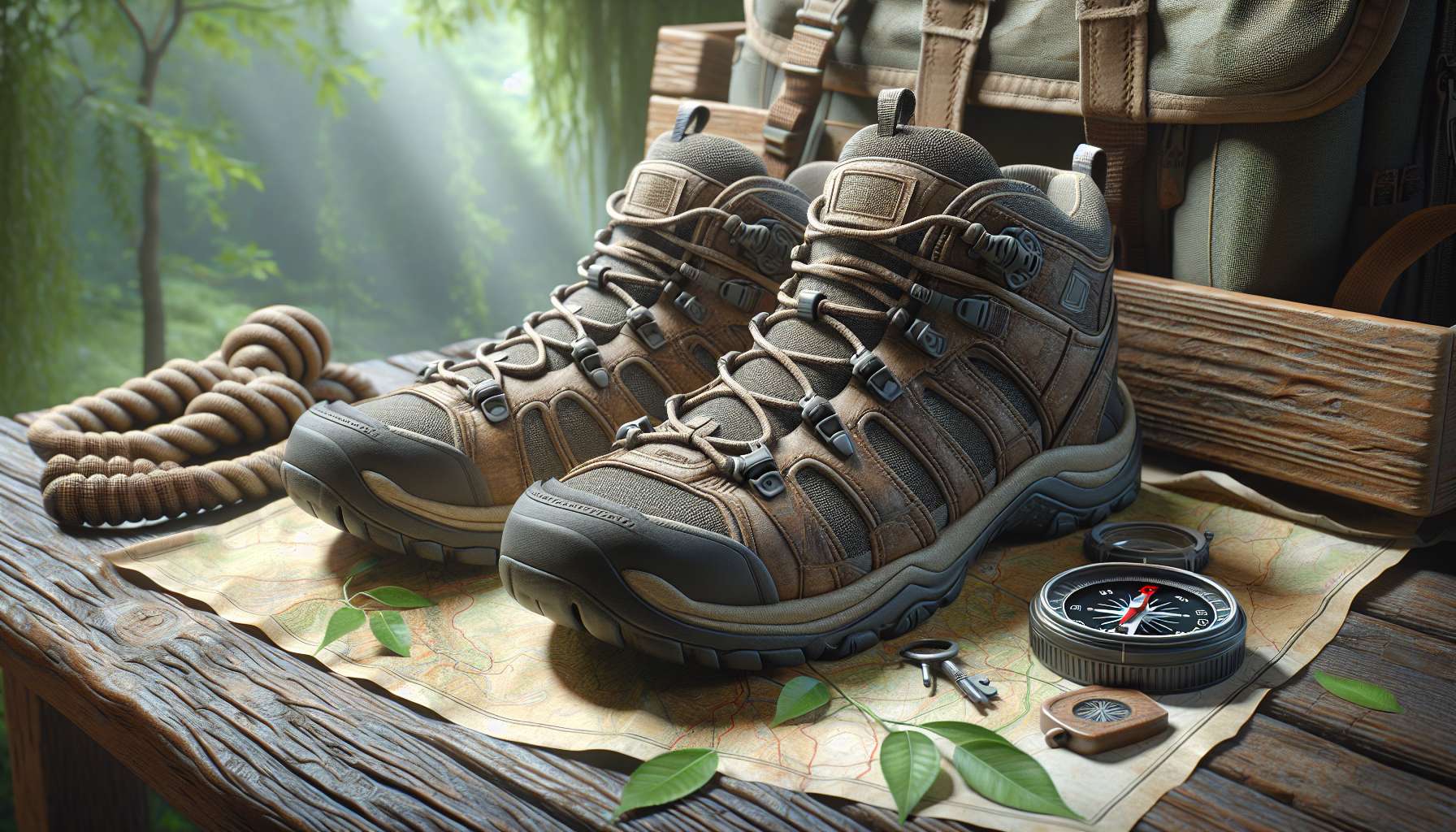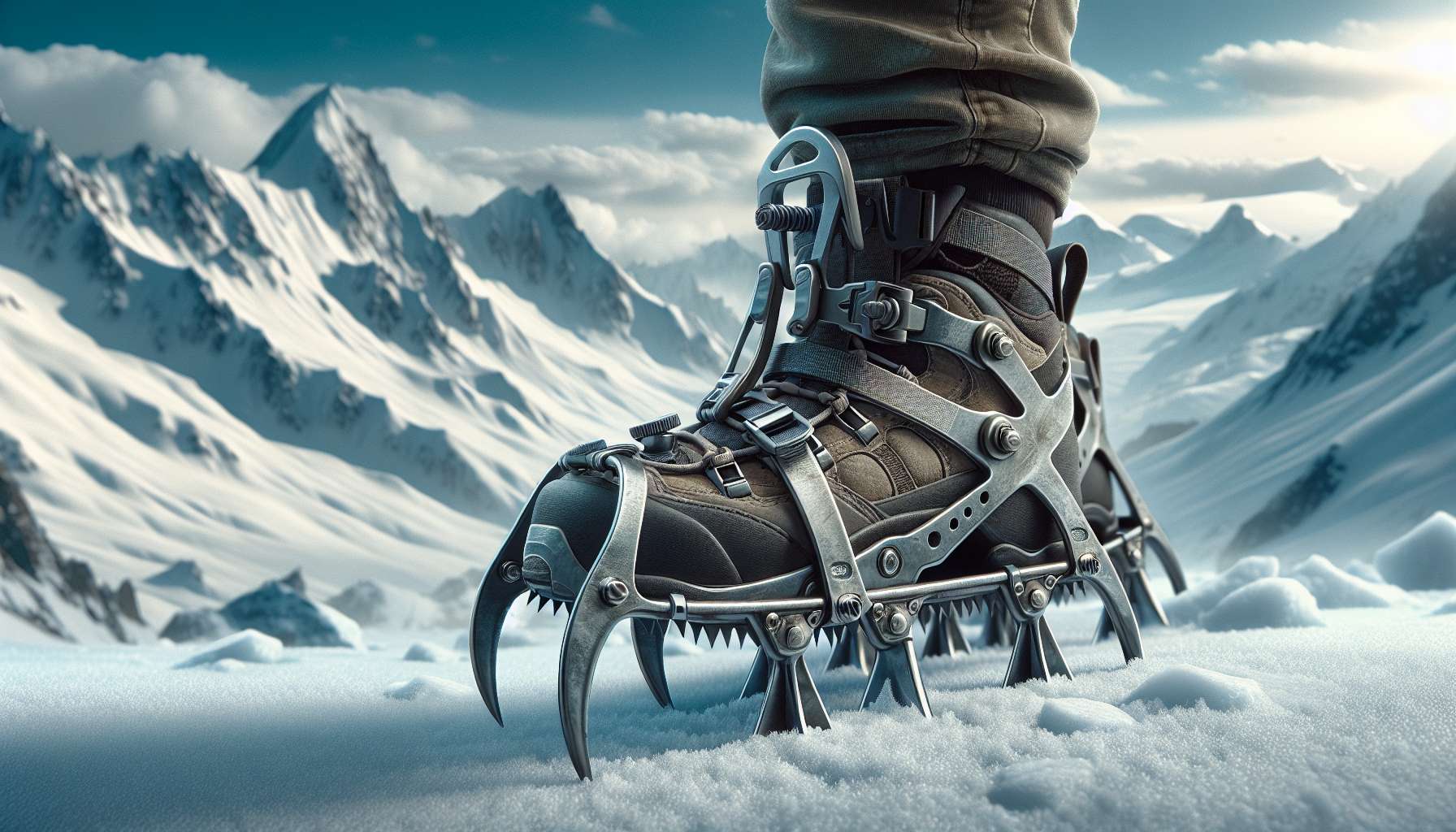The Ultimate Guide to Climbing Boots
Are you an avid hiker or climber looking to invest in the perfect pair of climbing boots? Or perhaps you’re just starting out and wondering what makes climbing boots different from regular hiking shoes. Whatever your level of expertise, understanding the nuances of climbing boots is essential for a safe and successful outdoor adventure. In this comprehensive guide, we’ll delve into the world of climbing boots, exploring their history, design, functionality, and much more. So, lace up your boots, and let’s embark on a journey to discover everything you need to know about climbing footwear.
The Evolution of Climbing Boots
Climbing boots have come a long way since their inception. Historically, early climbers relied on simple leather boots with hobnail soles for traction. Over time, advancements in technology and materials have revolutionized the design and performance of climbing boots. Today, climbers have access to a wide range of specialized boots tailored to different types of climbing, from alpine mountaineering to rock climbing. These boots are engineered to provide stability, support, and grip in challenging terrain, ensuring the safety and comfort of the wearer.
One of the most significant milestones in the evolution of climbing boots was the introduction of Vibram rubber soles in the 1930s. This innovation transformed the industry by offering superior traction and durability, enabling climbers to tackle more demanding routes with confidence. Since then, climbing boot manufacturers have continued to push the boundaries of design and technology, incorporating features such as waterproof membranes, adjustable lacing systems, and shock-absorbing midsoles to enhance performance and comfort.

The Anatomy of Climbing Boots
Understanding the anatomy of climbing boots is essential for selecting the right pair to suit your needs. A typical climbing boot consists of several key components that work together to provide support, protection, and traction. These components include:
1. Upper
The upper of a climbing boot is the part that covers the foot and ankle. It is usually made of leather or synthetic materials and provides support and protection against rocks, debris, and harsh weather conditions. Some boots feature a waterproof membrane to keep your feet dry in wet conditions.
2. Outsole
The outsole is the bottom part of the boot that comes into contact with the ground. It is typically made of rubber and is designed to provide traction on various surfaces, including rock, ice, and snow. The tread pattern and rubber compound used in the outsole play a crucial role in determining the boot’s grip and stability.
3. Midsole
The midsole is the layer of cushioning and support between the outsole and the insole. It helps to absorb shock and provide stability on uneven terrain. Some climbing boots feature a stiffened midsole for added support during technical climbs, while others have a more flexible midsole for increased comfort during long approaches.
4. Insole
The insole is the removable footbed inside the boot that provides cushioning and support to the foot. It can be replaced with custom orthotics for a personalized fit and improved comfort. The insole plays a crucial role in preventing foot fatigue and blisters during long hikes or climbs.
Types of Climbing Boots
There are several different types of climbing boots available, each designed for specific types of climbing activities. Understanding the differences between these types can help you choose the right boot for your intended use. Some of the most common types of climbing boots include:
1. Mountaineering Boots
Mountaineering boots are designed for high-altitude climbing in extreme conditions. They are typically insulated, crampon-compatible, and have a rigid sole for stability on snow and ice. Mountaineering boots provide excellent protection against cold and moisture, making them ideal for alpine expeditions and glacier travel.
2. Rock Climbing Shoes
Rock climbing shoes are lightweight and flexible, with a sticky rubber sole for maximum grip on rock surfaces. They are designed for technical climbing on steep terrain and offer precision and sensitivity for challenging moves. Rock climbing shoes come in various styles, including neutral, moderate, and aggressive, to suit different climbing styles and preferences.
3. Approach Shoes
Approach shoes are a hybrid between hiking shoes and climbing shoes, offering the comfort and support of a hiking boot with the grip and precision of a climbing shoe. They are ideal for hiking to the base of a climbing route and scrambling over rocky terrain. Approach shoes are durable, lightweight, and versatile, making them a popular choice among climbers and hikers alike.
Choosing the Right Climbing Boots
When selecting climbing boots, there are several factors to consider to ensure a proper fit and optimal performance. These factors include:
1. Fit
It is essential to choose climbing boots that fit snugly but comfortably, with no pressure points or areas of rubbing. Ill-fitting boots can lead to blisters, hot spots, and foot fatigue, compromising your performance and safety on the mountain. Consider trying on different brands and models to find the perfect fit for your foot shape and size.
2. Support
Climbing boots should provide adequate support for your ankles and arches to prevent injury and fatigue during long climbs. Look for boots with a supportive midsole and ankle collar that offer stability on uneven terrain and protect against twists and sprains.
3. Traction
Good traction is essential for climbing boots to grip various surfaces and prevent slips and falls. Check the tread pattern and rubber compound of the outsole to ensure it provides sufficient traction on rock, ice, and wet terrain. Vibram rubber soles are known for their excellent grip and durability in challenging conditions.
4. Waterproofing
If you plan to climb in wet or snowy conditions, waterproof climbing boots are a must to keep your feet dry and comfortable. Look for boots with a breathable waterproof membrane, such as Gore-Tex, that will keep moisture out while allowing sweat to escape, keeping your feet dry and blister-free.
Expert Opinions
We reached out to renowned climber and outdoor enthusiast, Alex Honnold, for his take on the importance of choosing the right climbing boots. According to Honnold, “Climbing boots are your lifeline on the mountain, providing the support and traction you need to conquer challenging routes safely. Investing in high-quality climbing boots is essential for a successful climb and a memorable outdoor experience.”
Common Misconceptions
One common misconception about climbing boots is that they are uncomfortable and restrictive. While climbing boots may feel stiffer than regular hiking shoes due to their supportive design, modern advancements in materials and construction have made them more comfortable and flexible than ever. With the right fit and proper break-in period, climbing boots can provide the comfort and performance you need for your outdoor adventures.
Conclusion
To wrap things up, climbing boots are a vital piece of gear for any climber or hiker venturing into the great outdoors. With their durable construction, specialized features, and superior performance, climbing boots offer the support and protection you need to tackle challenging terrain with confidence. By understanding the anatomy of climbing boots, the different types available, and how to choose the right pair for your needs, you can elevate your outdoor experience and conquer new heights in style.
So, whether you’re scaling a sheer rock face or trekking through a snow-covered mountain range, make sure to invest in a quality pair of climbing boots that will take you to new heights and beyond.




